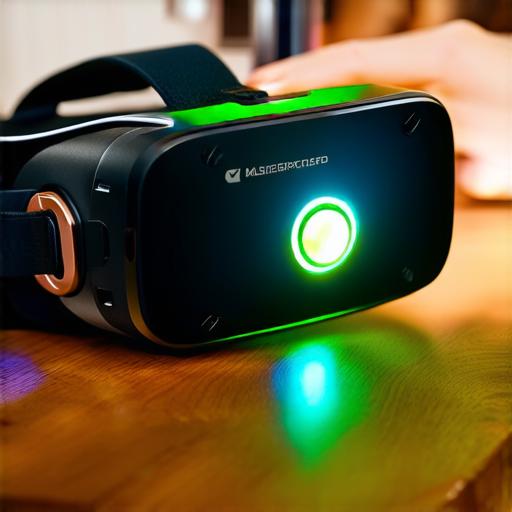What is Virtual Reality?
Virtual reality (VR) is an immersive experience that simulates a real-world environment or creates a completely artificial one. It allows users to interact with digital content as if they were really there, using special devices such as headsets, gloves, and motion controllers.
The Evolution of VR Devices
VR technology has come a long way since its inception. The first commercial VR system was the Sword of Damocles, developed by Ivan Sutherland in 1968. Since then, we have seen many advances in VR devices such as the Oculus Rift, HTC Vive, PlayStation VR, and Samsung Gear VR.
Each of these devices has its own unique features, such as resolution, tracking, and motion controllers. However, they all share one common goal: to provide an immersive experience for users.
The Benefits of Virtual Reality Devices
Virtual reality technology offers many benefits in various industries. One of the most significant benefits is that it allows for more engaging and interactive experiences than traditional media such as TV and movies.
In gaming, VR devices provide a level of immersion that was previously unimaginable. Users can feel like they are truly part of the game world, making for a more exciting experience. Additionally, VR games can be more physically demanding than traditional games, providing users with a unique workout experience.
In education, VR devices can be used to create virtual field trips to historical sites or even space exploration missions. This allows students to learn in an engaging and interactive way. VR devices can also be used for language learning by creating immersive experiences that simulate real-life scenarios.
In healthcare, VR devices can be used for therapy, training medical professionals, and simulating surgical procedures. For example, therapists can use VR to create a safe environment for patients with anxiety or PTSD to confront their fears. Medical students can also use VR simulations to practice surgeries without risking patient lives.

Case Studies of Virtual Reality Devices in Action
Virtual reality technology has already been adopted by many industries, and we have seen some exciting case studies of its use. One such example is the use of VR devices for therapy. For example, therapists can use VR to create a safe environment for patients with anxiety or PTSD to confront their fears. In one study, participants who used VR therapy showed significant improvements in their symptoms compared to those who received traditional therapy.
Another example is in the field of training. Military personnel can use VR devices to simulate battlefield scenarios and practice their skills in a controlled environment. This allows them to be better prepared for real-life situations. For instance, the US Air Force uses VR to train pilots in combat situations.
The Future of Virtual Reality Devices
Virtual reality technology is still in its early stages, but it has already shown tremendous potential. As the technology continues to improve, we can expect to see even more exciting applications for VR devices.
One area where VR technology is expected to have a significant impact is in e-commerce. Virtual reality showrooms allow customers to browse products and try them on without leaving their homes, making shopping more convenient and engaging.
Another area where VR technology is expected to make a difference is in the field of architecture. Architects can use VR devices to create virtual models of buildings and test designs before they are built, saving time and money in the process. For example, HOK used VR technology to design the interior of the Burj Khalifa in Dubai.
Conclusion
Virtual Reality devices have immense potential to transform various industries. Whether it’s gaming, education, or healthcare, VR devices offer a level of immersion that was previously unimaginable. As the technology continues to improve, we can expect to see even more exciting applications for VR devices.
